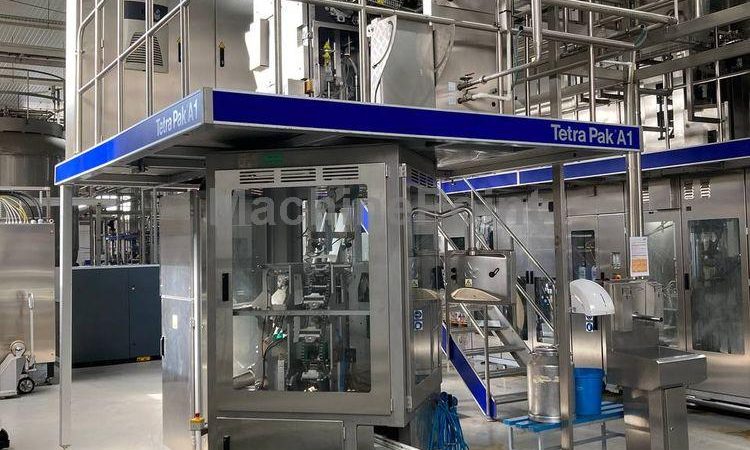In today’s fast-paced industrial landscape, efficiency is paramount. Across various sectors, from food and beverages to pharmaceuticals and beyond, the need for precise and rapid packaging solutions is ever-growing. One of the unsung heroes of this packaging revolution is the filling machine, a marvel of engineering that has undergone remarkable evolution to meet the demands of modern production lines.
The Genesis of Filling Machines
Filling machines, in their simplest form, have been around for centuries, aiding in the packaging of liquids into containers. Early iterations were often manual, relying on human labor to pour, measure, and cap products. However, with the advent of the Industrial Revolution, the need for increased output and precision led to the development of semi-automatic and automatic filling machines.
Types of Filling Machines
Today, a myriad of filling machines cater to diverse industry needs:
- Gravity Fillers: Ideal for free-flowing liquids, these machines use gravity to fill containers accurately.
- Pressure Fillers: Perfect for carbonated beverages and other liquids, these machines maintain a specific pressure to fill containers without affecting product quality.
- Piston Fillers: Known for their precision, these machines use a piston to measure and fill products, suitable for various viscosities.
- Volumetric Fillers: Utilizing a specific volume of product for each container, these machines ensure uniform filling.
- Auger Fillers: Designed for powders and granular products, these machines use an auger screw to measure and fill containers precisely.
Advancements Fueling Efficiency
The evolution of filling machines is marked by technological advancements that have transformed the manufacturing landscape:
- Automation and Robotics: Integration of robotics and automation has significantly enhanced speed, accuracy, and reliability in filling processes, reducing human error and increasing production rates.
- Precision Engineering: Innovations in measuring and control systems have elevated the accuracy of filling machines, allowing for consistent and exact product quantities in each container.
- Adaptability and Customization: Modern filling machines are designed to accommodate various container sizes and shapes, offering flexibility to meet diverse production needs.
- Hygiene and Cleanliness: With stringent industry standards, filling machines now prioritize hygiene and sanitation, utilizing materials and designs that are easy to clean and maintain.
The Future of Filling Machines
Looking ahead, the trajectory of filling machines seems promising:
- Smart Integration: Machine learning and AI-driven technologies will likely play a significant role in optimizing filling processes, predicting maintenance needs, and further improving efficiency.
- Sustainability Focus: Expect advancements in eco-friendly materials, energy-efficient operations, and reduced product wastage as industries increasingly prioritize sustainability.
- Remote Monitoring and Control: Enhanced connectivity will enable real-time monitoring and control of filling machines, allowing for remote adjustments and troubleshooting.
